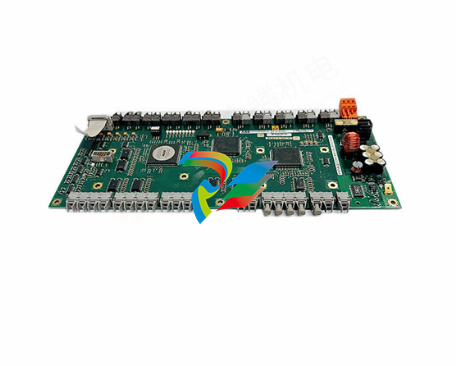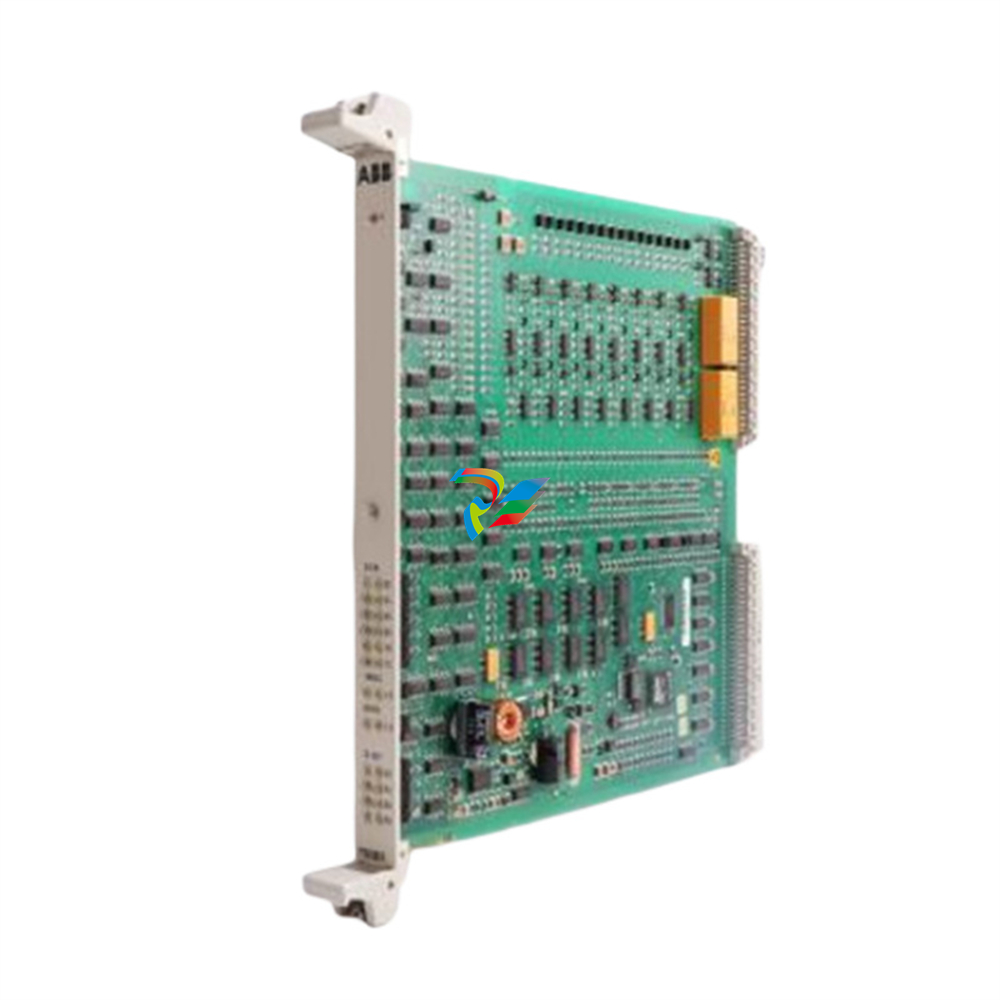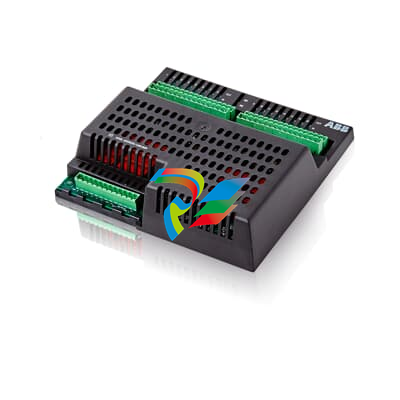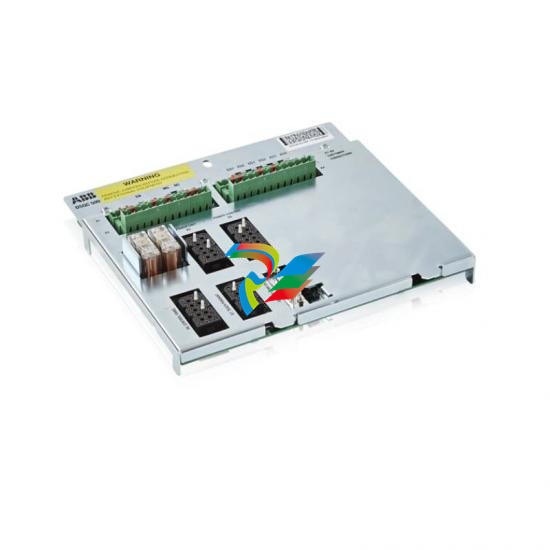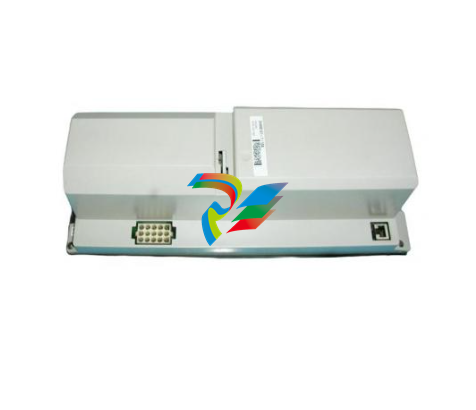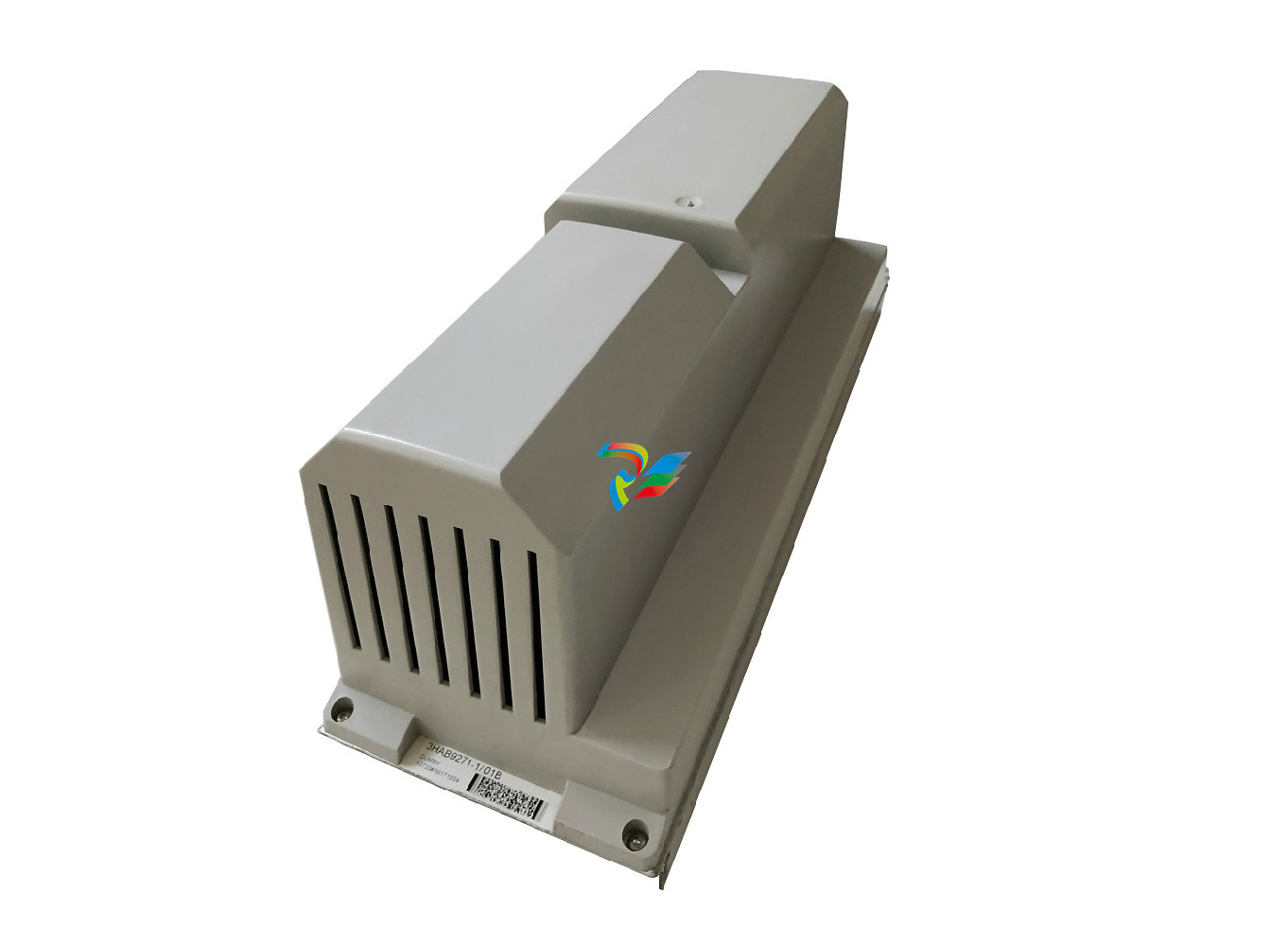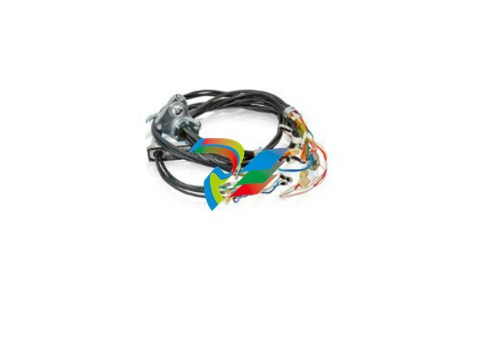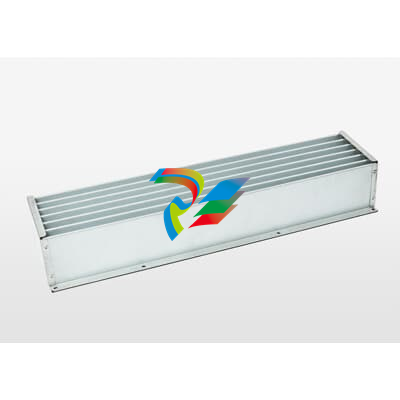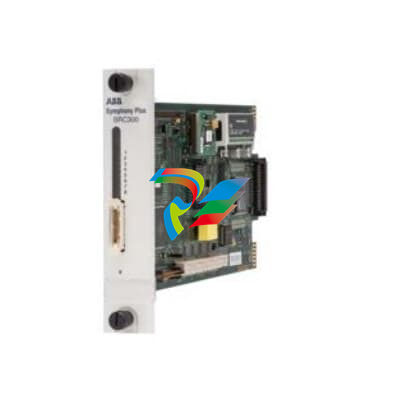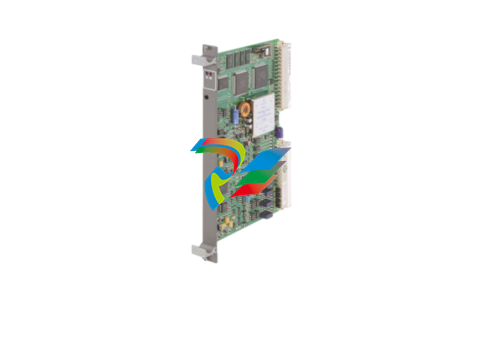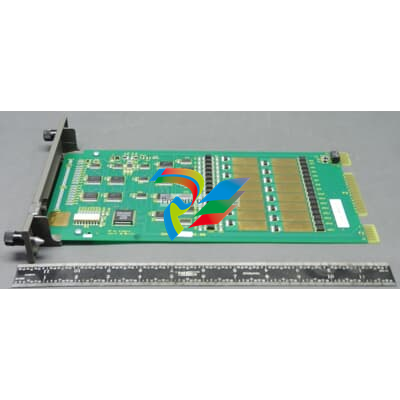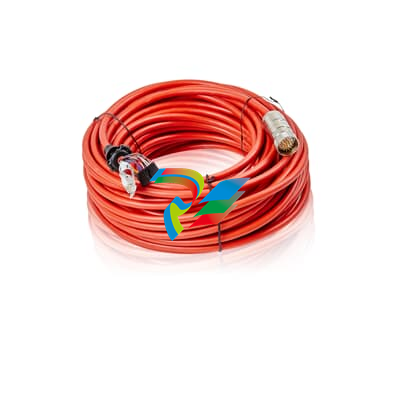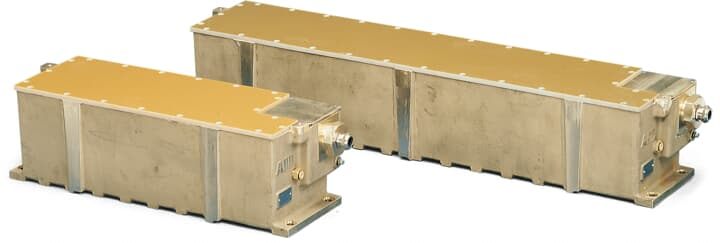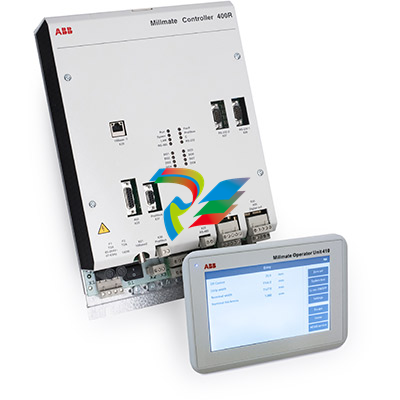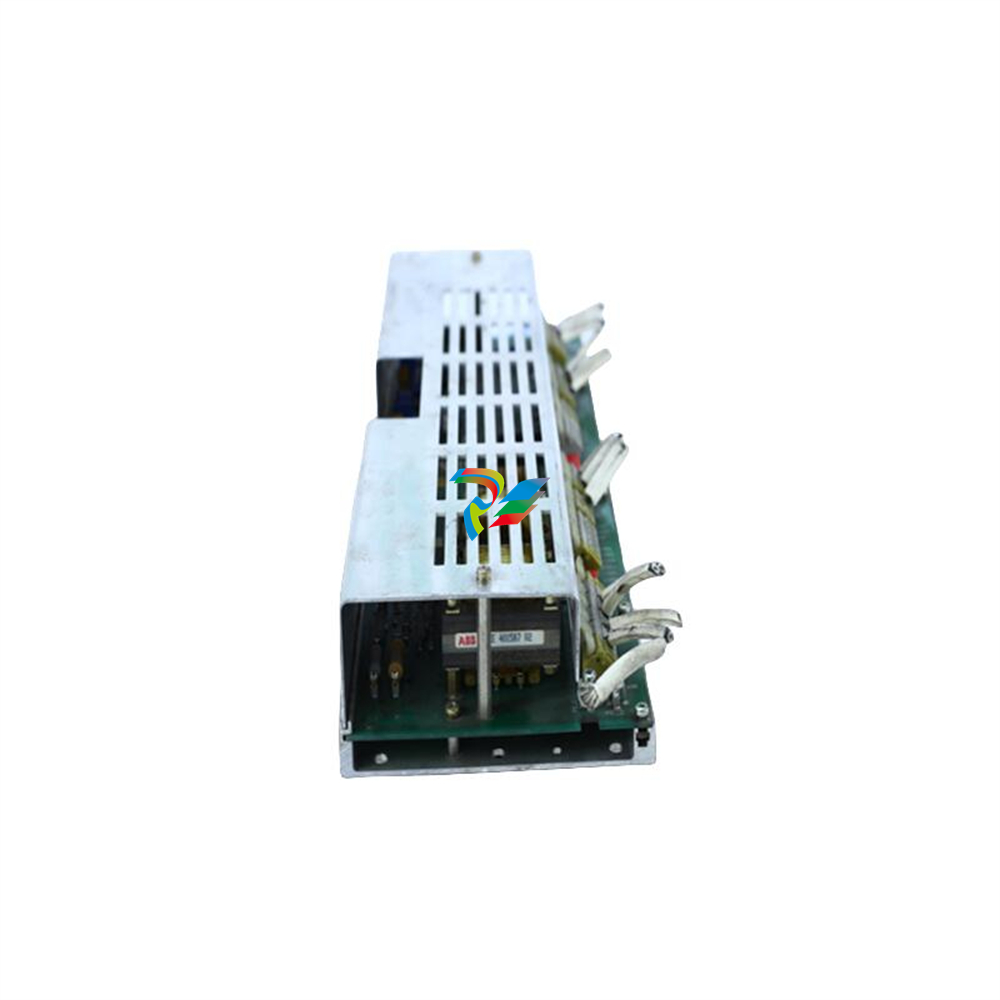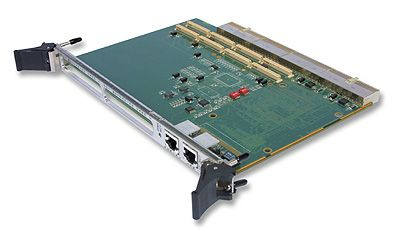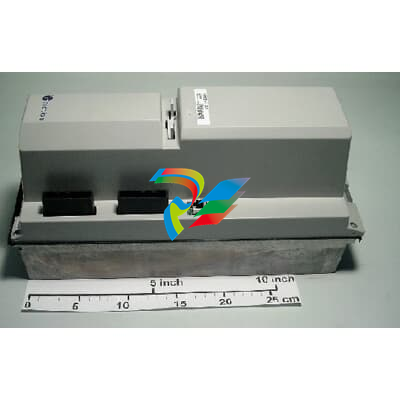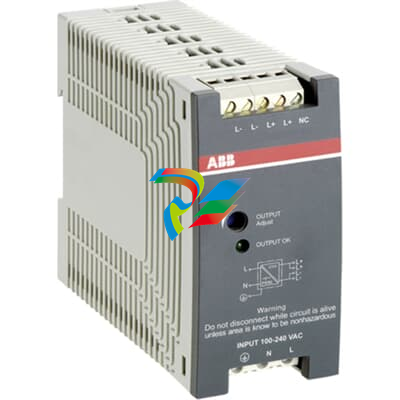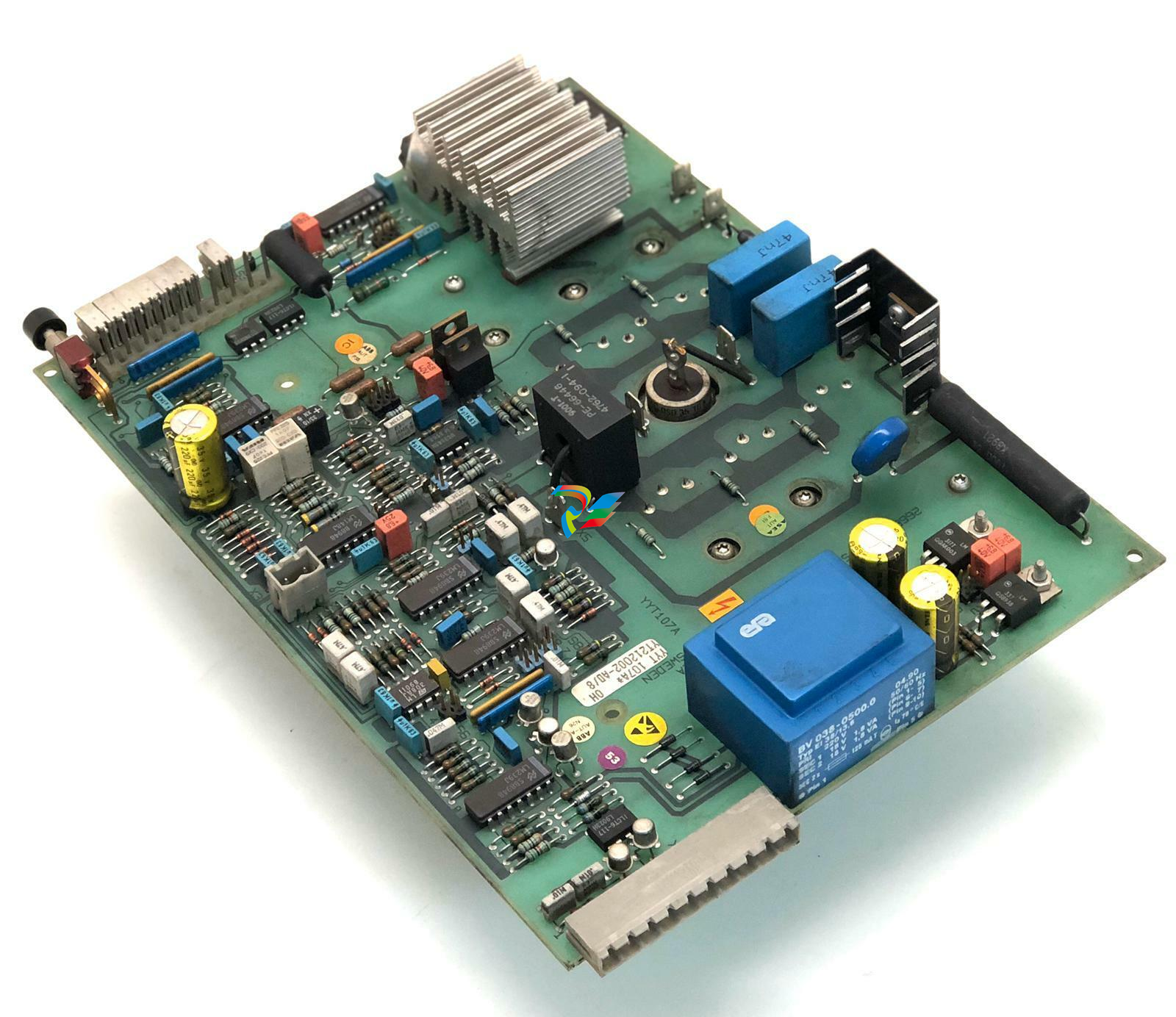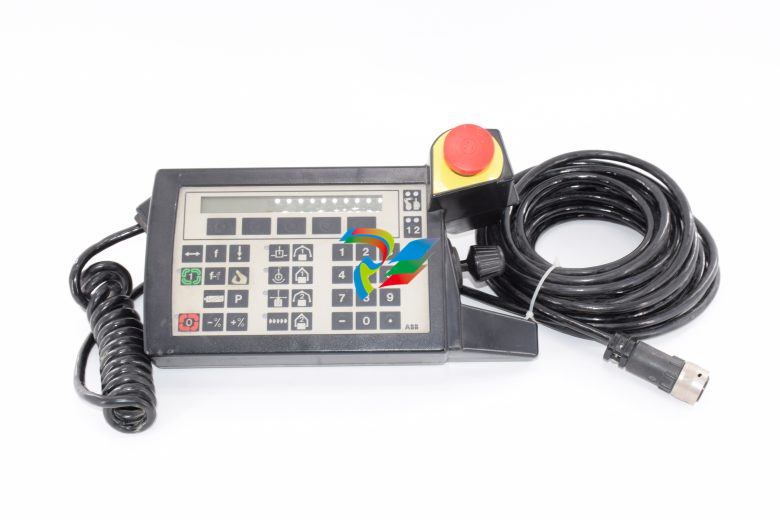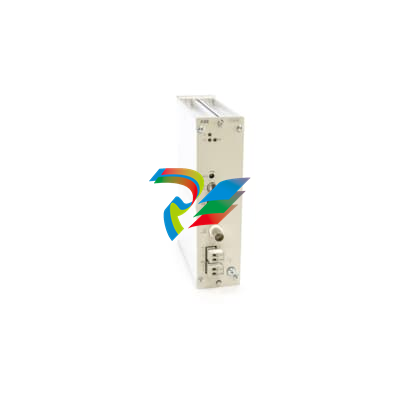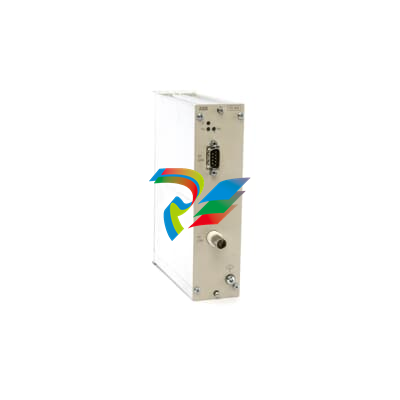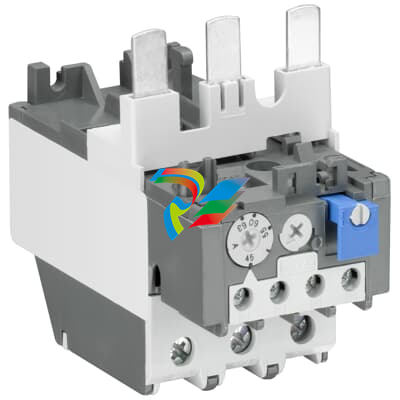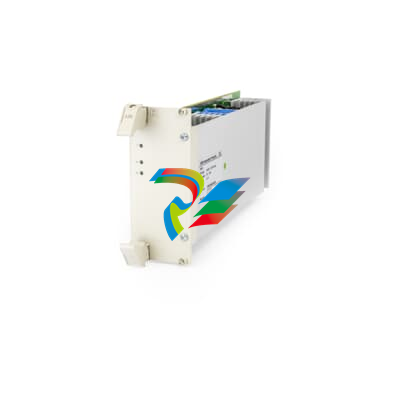
HoneywellEXPERION PKSSeries C I/O User's Guide EPDOC-X126-en-A November 2019
ABOUT THIS GUIDE
The procedures in this guide are intended to give you the ability to perform basic tasks with the
Series C I/O such as configuring hardware devices, continuous control strategies. Respective
forms are displayed to illustrate a procedure/concept only.
1.1 Revision History
Revision Date Description
A November 2019 Initial release of the document.
l Intended audience
l Prerequisite Skills
l References
l Terms and acronyms
1.2 Intended audience
This guide is intended for the following users:
l Persons responsible for system planning, initial hardware installation, and control strategy
configuration
l Operators who help to maintain control system operations on a day-by-day basis
l Service persons responsible for routine maintenance of control hardware, and who diagnose
and repair faults.
1.3 Prerequisite Skills
It is assumed that you should have some knowledge of Experion control systems and experience
of working in a Microsoft Windows environment.
1.4 References
Listed here are the documents that contain general information for planning and implementing
control hardware and network communications in your Experion system:
Control Hardware Planning Guide - Provides general information to assist you in planning
and design of control hardware in an Experion system. Control hardware includes C200
Controllers, Series A Chassis I/O and FIMs, also, all I/O families, (except Series C I/O). It
includes some supervisory network considerations for general reference.
l C300 Controller Guide - This guide provides information that will assist you in planning and
designing activities, as well as the installation, operation, and troubleshooting of Series C300
Controllers in an Experion system.
l Series C Fieldbus Interface Module (FIM) User Guide - Provides planning and implementation
guide for the Series C Fieldbus Interface Module.
l Fault Tolerant Ethernet Overview and Implementation Guide - Provides basic installation
instructions and configuration requirements for a Fault Tolerant Ethernet (FTE) network and
its components.
l Fault Tolerant Ethernet Installation and Service Guide - Contains instructions for installing
and configuring a Fault Tolerant Ethernet (FTE) node. The guide includes troubleshooting
and service information for an FTE node.
l Fault Tolerant Ethernet Bridge Implementation Guide - Provides information for
implementing a Fault Tolerant Ethernet supervisory network through the FTE Bridge module.
It includes module installation, configuration, operation and service data.
l Process Manager I/O Troubleshooting and Maintenance Guide - Guide features notification
messages (soft fail codes and hard fail codes), service procedures and parts lists for PM I/O
control hardware.
1.5 Terms and acronyms
The following table summarizes the terms and type representation conventions used in this guide.
Term/conventions Meaning Example
Click Click left mouse button once. (Assumes cursor is
positioned on object or selection.)
Click the Browse
button.
Double-click Click left mouse button twice in quick succession.
(Assumes cursor is positioned on object or selection.)
Double click the
Station icon.
Drag Press and hold left mouse button while dragging cursor to
new screen location and then release the button.
(Assumes cursor is positioned on object or selection to be
moved.)
Drag the PID
function block
onto the Control
Drawing.
Right-click Click right mouse button once. (Assumes cursor is
positioned on object or selection.)
Right-click the
AND function
block.
<F1> Keys to be pressed are displayed in angle brackets. Press <F1> to view
the online Help.
<Ctrl>+<C> Keys to be pressed together are displayed with a plus sign. Press <Ctrl>+<C> to
close the window.
File->New Shows menu selection as menu name followed by menu
selection
Click File->New to
start new drawing.
>D:setup.exe< Data to be keyed in at prompt or in an entry field. Key in this path
location
>D:setup.exe<.
SERIES C I/O PURPOSE
Series C I/O Modules, along with I/O Termination Assemblies (IOTAs), perform module diagnostics
input and output scanning and processing on all field I/O data and events. To allow a more
efficient use of Controller resources, I/O processing is performed separately from control
processing functions so that:
l I/O sample rates are completely independent of I/O quantity, controller loading, processing,
and alarming
l allows more efficient use of advanced Control Processor capability, and
l provides for future I/O expansion.
l Comparing Process Manager I/O and Series C I/O
l What is Series C I/O?
l Series C Pulse Input Module (SCPIM)
l What is Universal Input/Output (UIO) Module?
l What is Low Level Analog Input (LLAI) Module
l Overview of the Universal Horizontal Input/Output (UHIO)
2.1 Comparing Process Manager I/O and Series C I/O
The following list compares previous features of the Process Manager I/O and the Series C I/O:
l Non-Volatile Memory:
o In the PM, memory was maintained over a power cycle within the I/O card itself.
o With the Series C I/O, the configuration memory information is restored from the
C300 controller at power-up of the I/O Module.
l IOL - The Series C I/O link runs at twice the speed of the PMIO I/O Link. Each C300 I/O Link


































































































